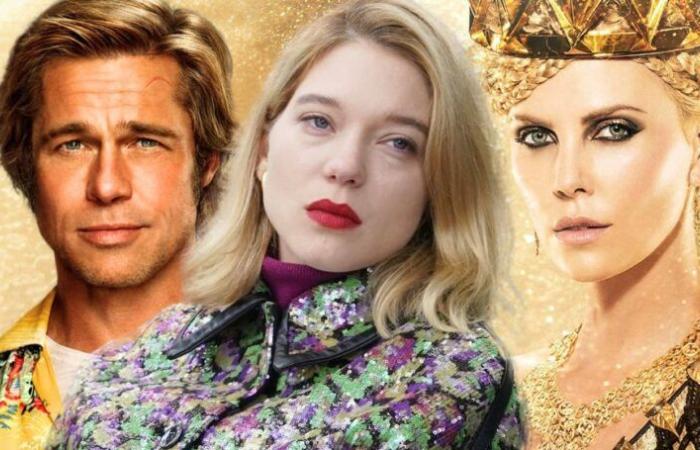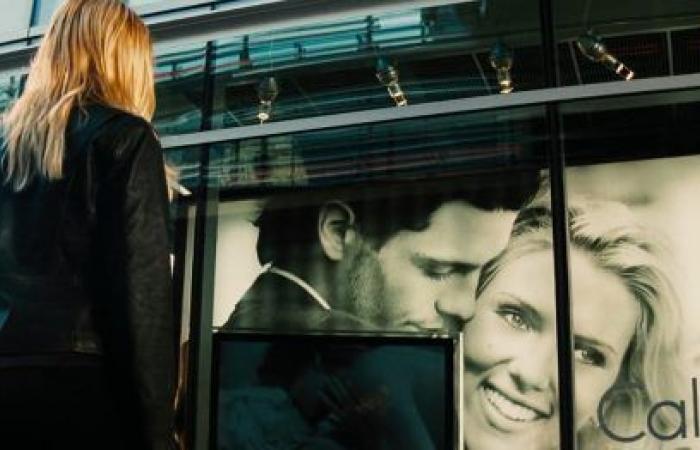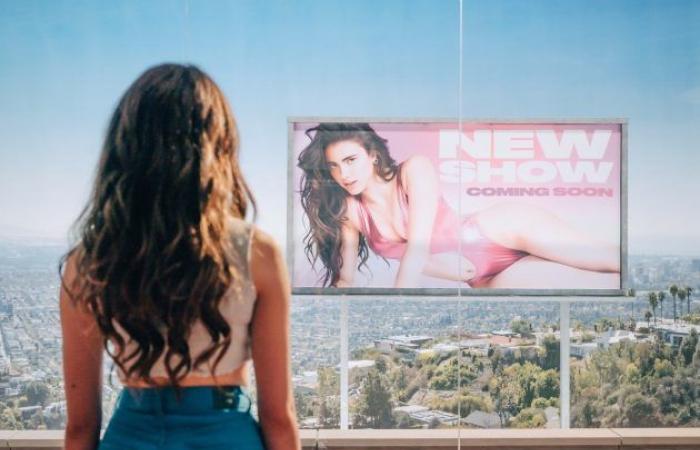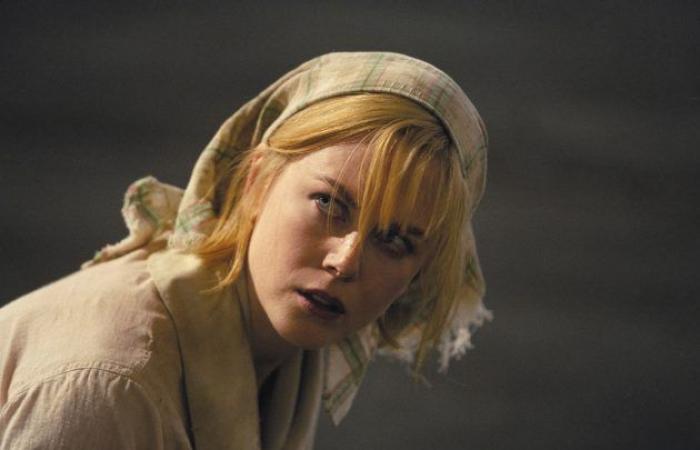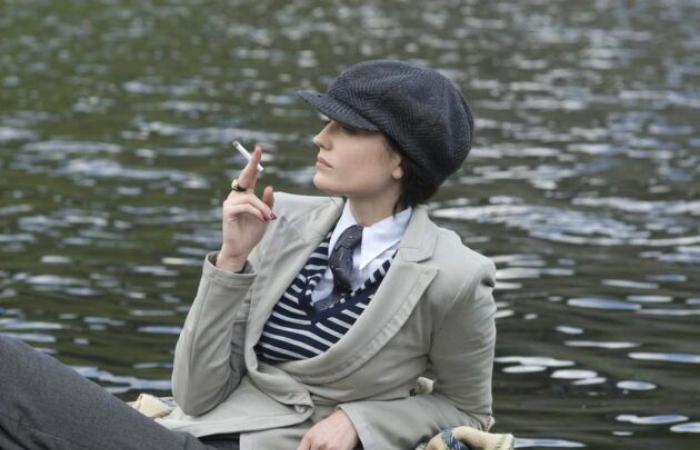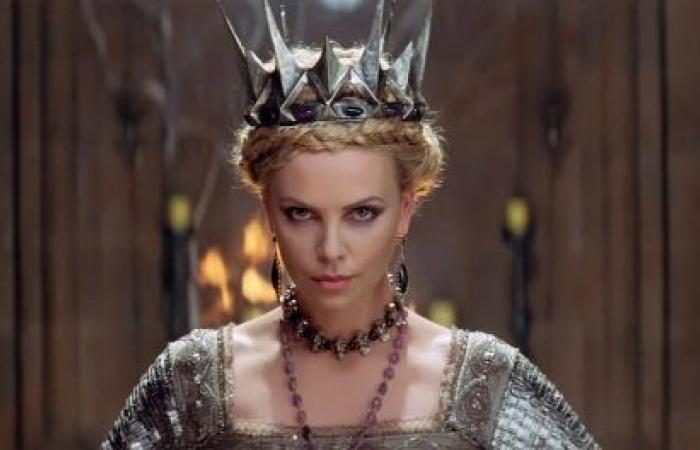New Ecran Large editorial, where we're going to talk about being fed up with seeing actors and actresses become walking advertisements for luxury brands.
Once is not customary: Michael Bay said it better than everyone. He may not have been aware of it but in The Islandhe had very well staged the dizziness of a Hollywood star faced with his own advertising reflection, in this fascinating scene where Scarlett Johansson the actress finds herself opposite Scarlett Johansson the sandwich woman.
In this barely hidden remake of The Crystal Agerich people create clones who live stupid, beautiful and ignorant in a bunker, without being aware of their sole purpose: organ donation, pregnancy and any other physical “service” for the original celebrity.
Scarlett Johansson plays a clone of a model. And when she escapes and discovers the real world, she comes face to face with herself, in a giant Calvin Klein ad. Commercial that the real Scarlett Johansson had filmed before The Islandand which was transformed into incredible meta product placement. Or how to confront, in a scene worthy of The Fourth Dimensionan artist with her mercantile alter ego.
This shot-reverse shot almost breaks the fourth wall, as if the actress was staring, dazed, at what she had become: a disembodied thing, used to look beautiful and sell perfumeand which would almost prevent him from doing his work since his image escapes him to the point of landing in the middle of fiction, as an element of decoration.
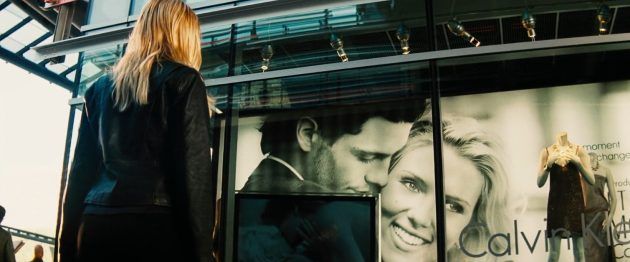
Every time I see a Marion Cotillard, a Brad Pitt, a Nicole Kidman, a Robert Pattinson, a Natalie Portman, or a Léa Seydoux plastered on a bus shelter, over-made up and over-dressed to sell handbags or other luxury trinkets costing the price of two or three (Parisian) rentsI think back to this scene from The Island.
And I wonder why I find it so sad. And why do these ultra-rich people agree to become the luxurious equivalent of mascots. And if deep down, It doesn't do any harm to the profession of actor (and therefore, to cinema).

ALL ADVERTISING
For once, we're going to call them “the stars”, since that's precisely the subject here – the public figure who sells his skin, and not the artist. When “stars” explain why they become muses, they often talk art, fashion, creation. Sometimes they can even take out the movie buff card. For example, thanks to Dior, Marion Cotillard was able to tour with David Lynch, Wong Kar-Wai and John Cameron Mitchell. Baz Luhrmann (Chanel), Martin Scorsese (Dior), Sofia Coppola (Dior) and Alejandro González Iñárritu (Nike) have also been there.
But obviously, no one is fooled. The elephant in the room is called money, even if the exact amounts are rarely confirmed. It would be in the $3 million range for Nicole Kidman and Baz Luhrmann's Chanel ad in 2004. And in the 10 million range for Cate Blanchett at Armani.
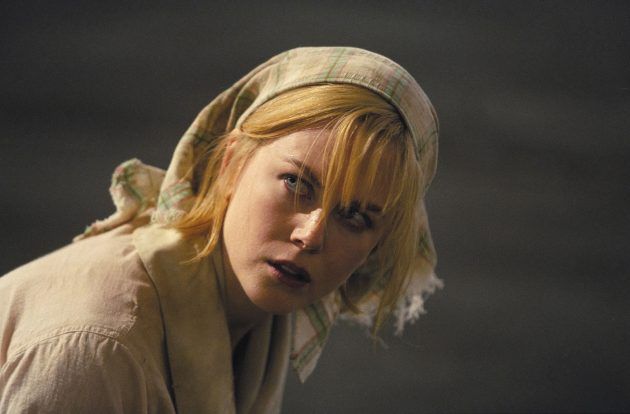
Leonardo DiCaprio allegedly touched 5 millions for an advertisement exclusively broadcast in Asia. Brad Pitt: 7 millions for Chanel No.5. Emma Stone: between 6 and 10 million for two years with Louis Vuitton. Robert Pattinson: 12 millions for three years at Dior (compared to 3 million dollars to play in The Batmanfor information).
Sometimes it's just as solid a commitment but much less time-consuming than a series. With ten years of Dior under his belt, Charlize Theron would have received more than 55 million in totalnothing for that damn perfume – not counting the 3 million in the name of the watch brand Raymond Weil, for 18 months. And at Lancôme, Julia Roberts would have touched several tens of millions of dollars over five years.
Have you noticed what all these “stars” have in common? They don't need money, since they tour a lot.

THE LUXURY OF NOT CHOOSING
There is a big difference between the “star” who shoots the ad, and the David Lynch or John Cameron Mitchell who sometimes direct them. While a filmmaker can work for years on a film with no guarantee that it will be made, one of these “stars” has time to shoot ten films. And receive ten big salaries, since they are in the category of (very) (too) well paid “stars”.
And that makes a big difference with other artists who would be less qualified as “stars” in the bad sense of the word. Example: Eva Green, who explained to Number in 2018 the risk and benefit of shooting commercials for major brands:
“I really hope that people will not only remember this image of me as a model. It's a risk: today, the idea of the star is diluted. And there is another aspect: I tell you frankly, thanks to the money earned with Dior, I can afford to refuse what I don't like at the cinema. Choosing my roles sparingly is also luxury! »
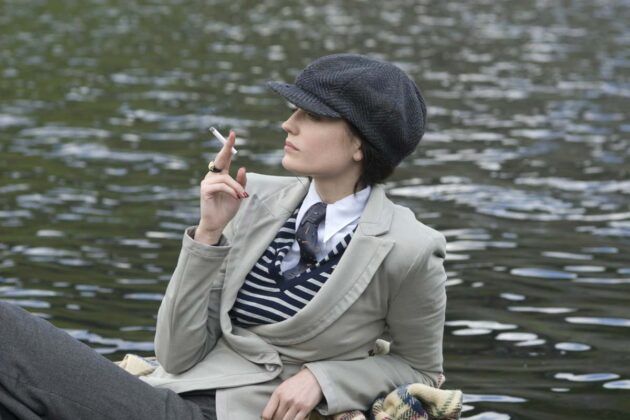
Eva Green films relatively little, or in any case has often made a series of independent films, which have gone unnoticed or remained unpublished in France (for a Sin City 2 or Dark ShadowsThere is Cracks, White Bird, The Salvation et Euphoria). It's difficult to say the same about Cate Blanchett and Brad Pitt for example, who work almost non-stop, on the front of the stage. And facing Borderlands et Bullet Trainlet me doubt their ability to refuse crappy films “thanks” to their advertising contracts.
It's one thing to feel like see an actor or actress everywhere and all the timelike Nicole Kidman with three series and three films in the space of about a year. It's another to have to stuff your face and your Colgate smile on top of a luxury product, which will capitalize on your image (and therefore, your work as an artist) to try to create unconscious shortcuts – she's beautiful because she's carrying this expensive handbag? she's wearing this expensive handbag because she's beautiful? will I save 35 birthday presents to afford it and become beautiful?

Brands don’t just buy a body. They buy the aura of the artist, and pay for all the imagination that goes with it. The Julia Roberts of Lancôme is the one the world adores (source: wet finger) thanks to her films. Same thing with the charming George Clooney who sells coffee, as if that were more glorious than the nipple costume of Batman & Robin.
Or as summed up very well by the excellent Cécile de France in 2015, at C to you :
“I consider myself an artist, I would have a hard time seeing my face with a mark underneath. I can't. I don't do this job for that. »
A STAR IS PORN
Given that many people claim to “unplug their brain” by going to see a film, there is no doubt that they think of putting their gray matter in stasis in front of the posters in the streets, or in front of the pre-screening advertisements. But advertising is obviously and eminently political. Choosing to attach your name, your career and your art to a major brand in exchange for millions of dollars, to serving as a luxury marketing tapestry is not trivial.
Especially when it turns into an accidental sketch. As an actress, Marion Cotillard is paid to pretend that she is an employee at the solar panel company of Two days, one night of the Dardenne brothers (where she is very good), and it doesn't matter if she spends her vacation on a yacht and takes a champagne shower before the aperitif. But as a citizen, his speeches on ecology Aren't they a little comical compared to her sandwich-wife contracts for luxury brands? (During his nine years at Dior, the company was singled out by Greenpeace for using toxic products released into the environment).

We can debate the responsibility of artists in such operations, especially when the question of ecology in the cinema industry (on filming, and during promotion) is so vast. We can see the paradoxes, which mean that Leonardo DiCaprio has a carbon footprint equivalent to that of half of France, in particular to promote his films – including those that talk about ecology. We can also imagine the pleasure of collaborating with fashion designers, and wearing beautiful clothes for free on the red carpets.
But above all we can wonder why actors and actresses accept being reduced to advertising “stars”. Being paid 5, 10, 15, 20 or 30 million dollars for a film is one thing, and it's already absurd on every level. But we can at least defend it (it's called denial) by saying that it leads to a form of artistic expression, or that it is at least in the service of an industry geared towards creation. When a “star” tours television sets to put on a show, it's for one thing: the film.
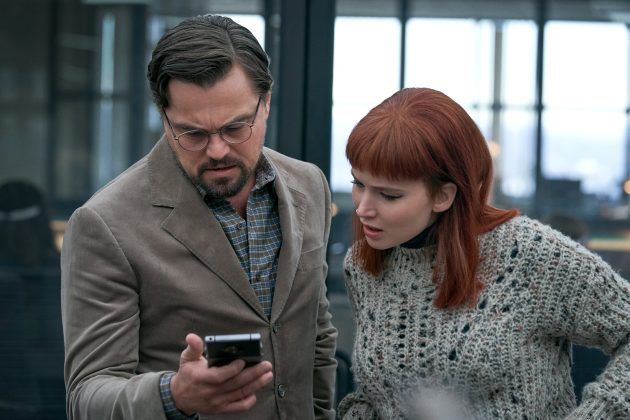
Advertising has only one goal: to sell. She can hide behind art by paying artists, and waving them around like puppets, but it's like foundation on a dirty face: it's a cover. And it's almost even worse.
Does that mean there is no art in these luxury brands? No. But when we talk about things that cost hundreds or thousands of times more expensive than a cinema ticketand which are shown in parades reserved for the ultra-rich elites, there is a light difference in the relationship with people, their wallet, and their imagination.
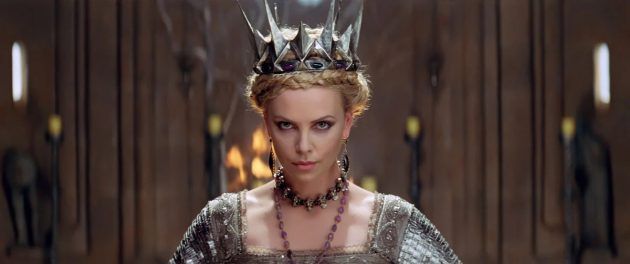
By playing the game of these brands, the “stars” participate in this dubious dream industry, which transforms a handbag into an object of fantasy. They contribute to sullying a certain idea of cinema, and tipping the scales a little more towards business rather than art.
And they give reasons to watch them on cinema screens as… “stars”, above all. Because we all know someone who has describes Charlize Theron as “the Dior girl I love”, rather than an actress.
If pornography is defined in dictionaries by “the representation of obscene things”and considering the monstrous sums at stake in these ads, we can easily arrive at a somewhat comical conclusion: this circus around stars and luxury brands is a form of porn, in the sense that the display of wealth and cynicism is indeed obscene. In any case, this will be the conclusion of this editorial.

